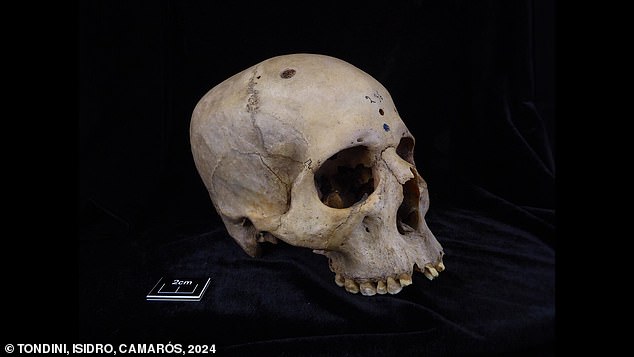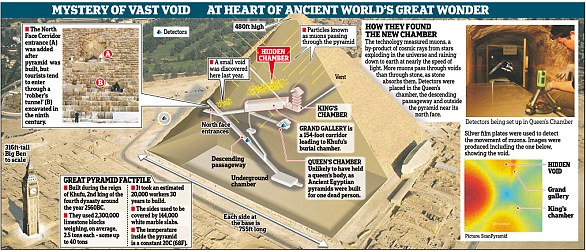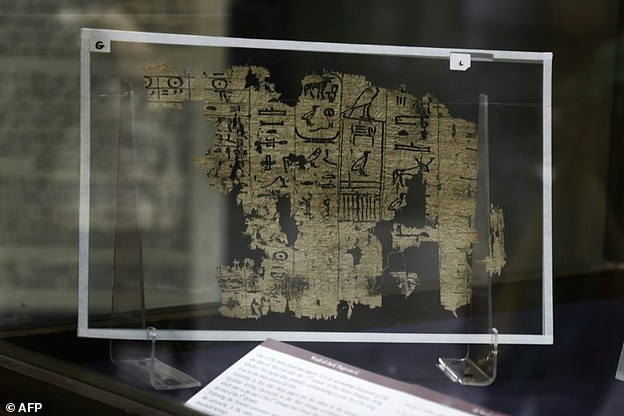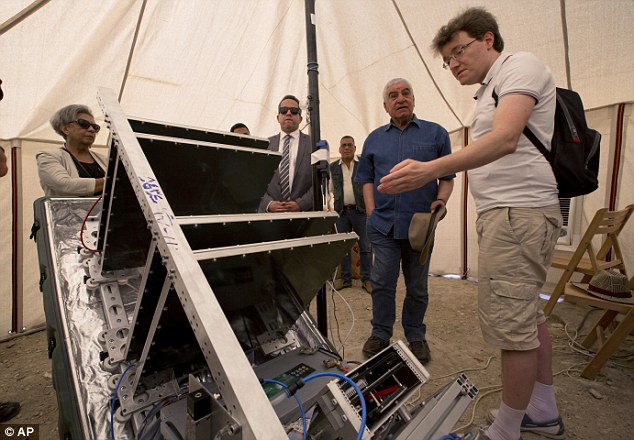An “extraordinary” 4,000-year-old Egyptian skull shows signs of attempts to treat cancer.
Cut marks on the skull could be clues that ancient Egyptians attempted to remove tissue overgrowth, scientists say.
An alternative theory is that they tried to learn more about cancerous disorders after a patient died.
Evidence in ancient texts shows that, for their time, the ancient Egyptians were “exceptionally skilled” in medicine.
They could identify, describe and treat traumatic illnesses and injuries and even place dental fillings.
An “extraordinary” 4,000-year-old Egyptian skull shows signs of attempts to treat cancer. Cut marks on skull could be clues that ancient Egyptians attempted to remove tissue overgrowth, scientists say
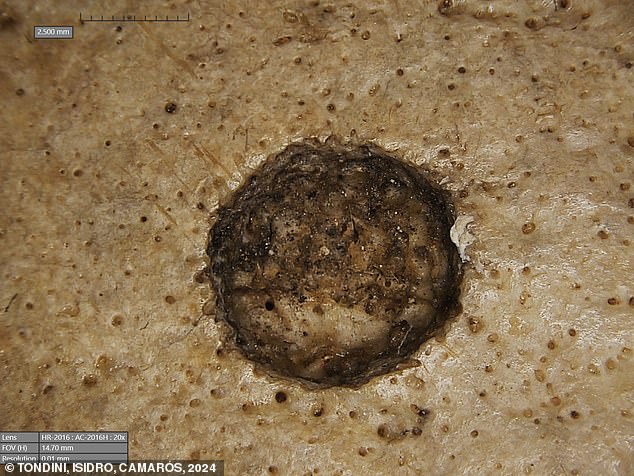
Microscopic observation showed a large lesion in the skull 236 compatible with excessive tissue destruction, a condition known as neoplasia.
Other diseases, such as cancer, could not be treated.
But a new study, published in the journal Frontiers in Medicine, strongly suggests they might have tried.
An international team of researchers examined two human skulls, each thousands of years old.
The study’s first author, Tatiana Tondini, a researcher at the University of Tübingen, Germany, said: “We see that although the ancient Egyptians were able to treat complex skull fractures, cancer remained a frontier of medical knowledge.”
«We wanted to know the role of cancer in the past, the prevalence of this disease in ancient times and how ancient societies interacted with this pathology.
“When we first looked at the cut marks under the microscope, we couldn’t believe what we were seeing.”
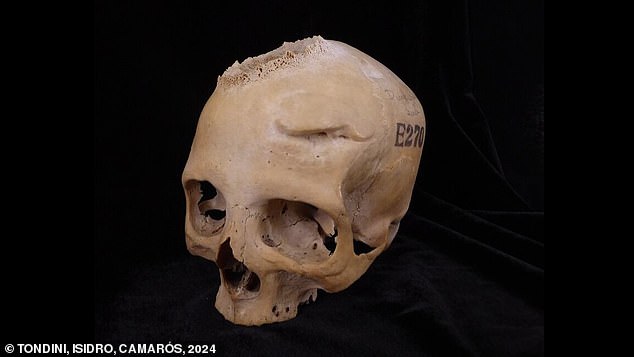
In the study, an international team of researchers examined two human skulls, each thousands of years old.
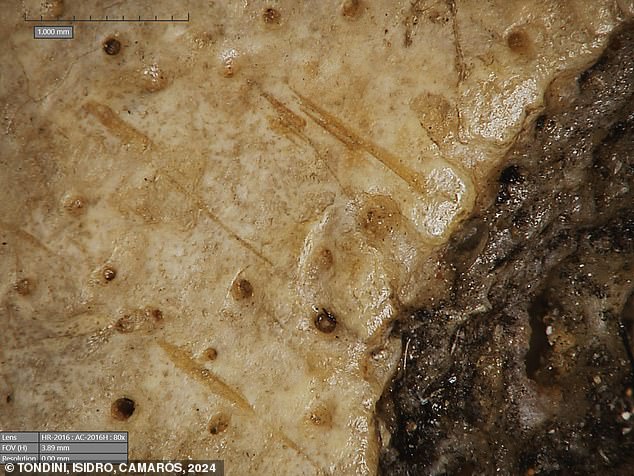
There were about 30 small, round metastatic lesions spread throughout the skull. But what surprised researchers was the discovery of cut marks around the injuries, probably made with a sharp object, such as a metal instrument.
Lead author Professor Edgard Camarós, from the University of Santiago de Compostela, Spain, said: “This finding is unique evidence of how ancient Egyptian medicine would have attempted to address or explore cancer more than 4,000 years ago.
“This is an extraordinary new perspective on our understanding of the history of medicine.”
The team examined two skulls preserved in the Duckworth Collection at the University of Cambridge.
Skull and jaw 236, dated between 2687 and 2345 BC, belonged to a man between 30 and 35 years old, while skull E270, dated between 663 and 343 BC, belonged to a woman over 50 years old.
Microscopic observation showed a large lesion in the skull 236 compatible with excessive tissue destruction, a condition known as neoplasia.
There were about 30 small, round metastatic lesions spread throughout the skull.
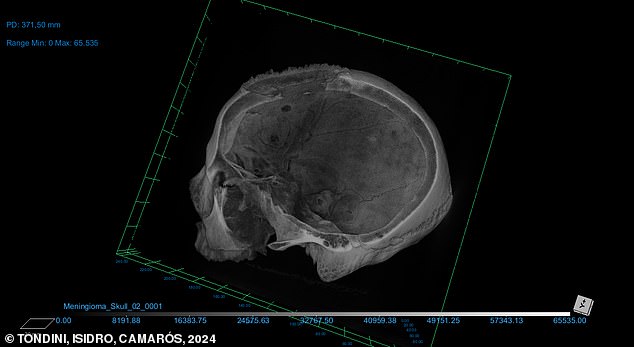
Researchers say studying skeletal remains comes with certain challenges that make definitive statements difficult, especially because the remains are often incomplete and a medical history is not known.
But what surprised researchers was the discovery of cut marks around the injuries, probably made with a sharp object, such as a metal instrument.
Co-author Professor Albert Isidro, a surgical oncologist at Sagrat Cor University Hospital, Spain, said: “It appears that the ancient Egyptians performed some type of surgical intervention related to the presence of cancer cells, which shows that ancient Egyptian medicine also performed experimental treatments.” or medical examinations in relation to cancer.’
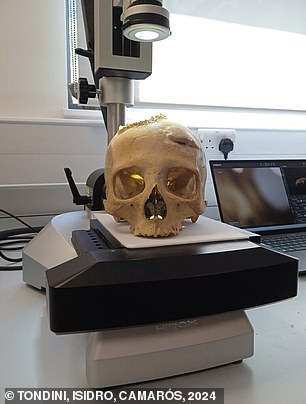
The researchers said the E270 skull also shows a “large lesion” consistent with a cancerous tumor that caused bone destruction.
The researchers said the E270 skull also shows a “large lesion” consistent with a cancerous tumor that caused bone destruction.
They said their findings may indicate that although today’s lifestyle, aging people and carcinogenic substances in the environment increase the risk, cancer was also a common disease in the past.
The team also found two healed lesions from traumatic skull injuries E270.
They said one of them appears to have originated from a “close-range violent event” in which a sharp weapon was used.
The research team believes the healed injuries could mean the woman potentially received some type of treatment and survived as a result.
Seeing such a wound on a woman is rare and most violence-related injuries are found in men.
Tondini said: ‘Was this woman involved in any kind of war activity?
“If so, we need to rethink the role of women in the past and how they actively participated in conflicts during ancient times.”
But researchers say studying skeletal remains comes with certain challenges that make definitive statements difficult, especially because the remains are often incomplete and a medical history is not known.
Professor Isidro said: “In archeology we work with a fragmented portion of the past, which complicates a precise approach.”
Professor Camarós added: “This study contributes to a change of perspective and lays an encouraging foundation for future research in the field of paleoncology.
“But more studies will be needed to unravel how ancient societies approached cancer.”

